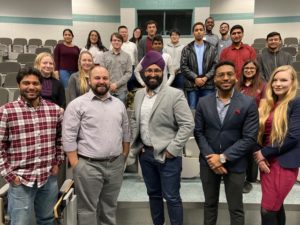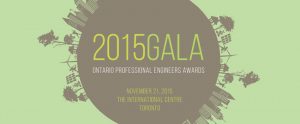“Wherever there are human beings there is garbage. And wherever there is garbage there is a need for a Solid Waste Expert. A huge part of my professional life has been devoted to the problems and solutions around the disposal of garbage,” says retired consulting engineer Bill Goodings, P.Eng. “It is a fascinating subject! I know not everyone will find that’s true, but all will see the essential and crucial nature of the problem for our planet, and certainly I cannot deny that trying to find solutions has taken my wife June and I on a most fascinating world journey.”
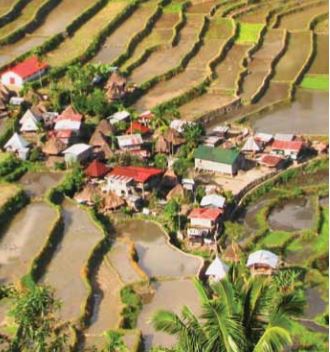
From 2002-2012, Goodings volunteered as a solid waste management advisor with the Canadian Executive Services Organization (CESO), during which time he completed 18 international assignments. CESO is a leading international development organization supported by a network of volunteers who contribute their skillsets to drive sustainable economic and social change in communities around the world.
The varying challenges that Goodings’ faced during his time with CESO required incredible ingenuity – and not strictly in a technical sense. “In a different country, their rules govern because that is their way. Bringing change, however well intentioned, helpful and needed, is always a negotiation to be managed. Adapting Western solutions is not – and probably shouldn’t be – straightforward or the only way,” says Goodings.
“Part of my task during each assignment was to determine the context: how do they see their waste management problem in view of all their other demands and problems? Sometimes just making things better had to be good enough. That would become my goal rather than me finding the best solution…I learned early to rely upon and harness freely available natural forces such as aerobic bacteria and small creepy things to stabilize rotting garbage and turn it into an acceptable form of humus (compost). The end result usually was that I needed no extra money to do it my way.”
Case study: Finding a cure for the San Carlos dump
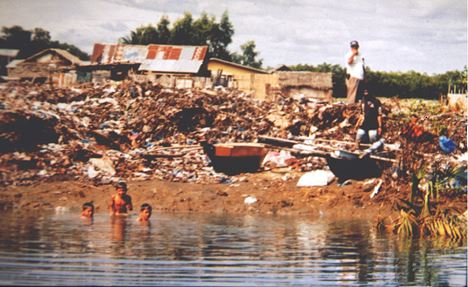
Goodings first developed “his way” – the rice hull method – when tasked with converting a six-year-old, two-hectare garbage dump in San Carlos City in the Philippines, into a mixed-solid municipal-waste passive-composting facility. Using this method, what was once a mixed organic/inorganic open dumpsite riddled with eyesores, wild animals and foul odours, became a rich repository of productive composts that benefitted the local community.
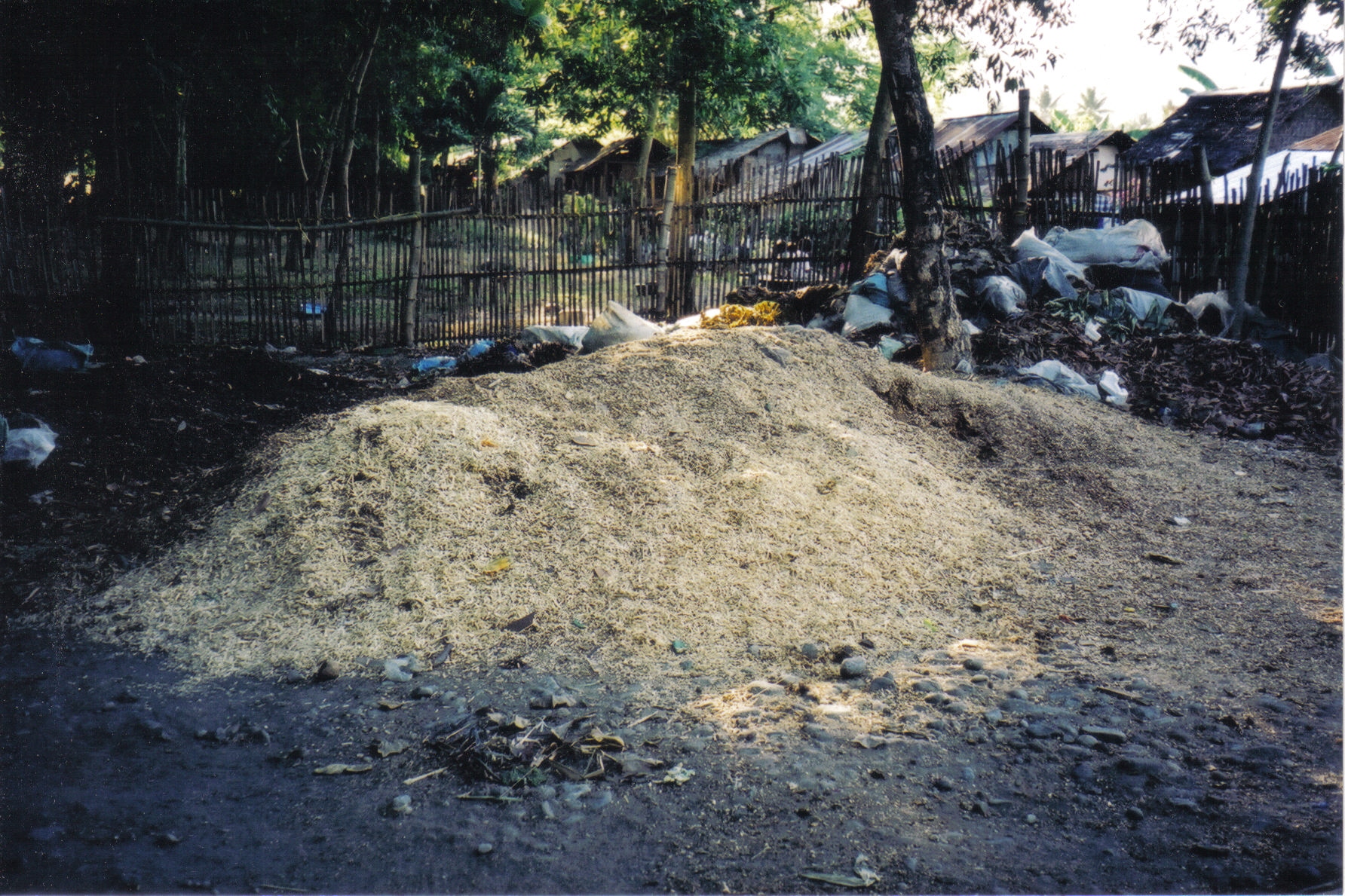
Upon examination, Goodings determined that sorting for organics to compost was an impossible task and actually about 80% of the San Carlos dump was organic. As a result, the key was to aerobically stabilize the dump’s organic wastes using local materials. Goodings’ concept involved the creation of loose, six-feet high windrows of waste. These piles were covered with an approximately 15-centimetre thick layer of locally available and free rice hulls. This layer would act as an effective barrier to monsoon rainwater, flies and animals, but would nonetheless trap in enough moisture, heat (temperatures rose up to 50-60 degrees Celsius below the rice hulls) and oxygen for biosystems of aerobic bacteria, beetles, worms and sow bugs to thrive and deliver the helpful bacteria on their backs throughout, decomposing any organic material. Because local millers had large stockpiles of rice hulls with no other value, the concept was a both cost-effective and sustainable solution for all concerned.
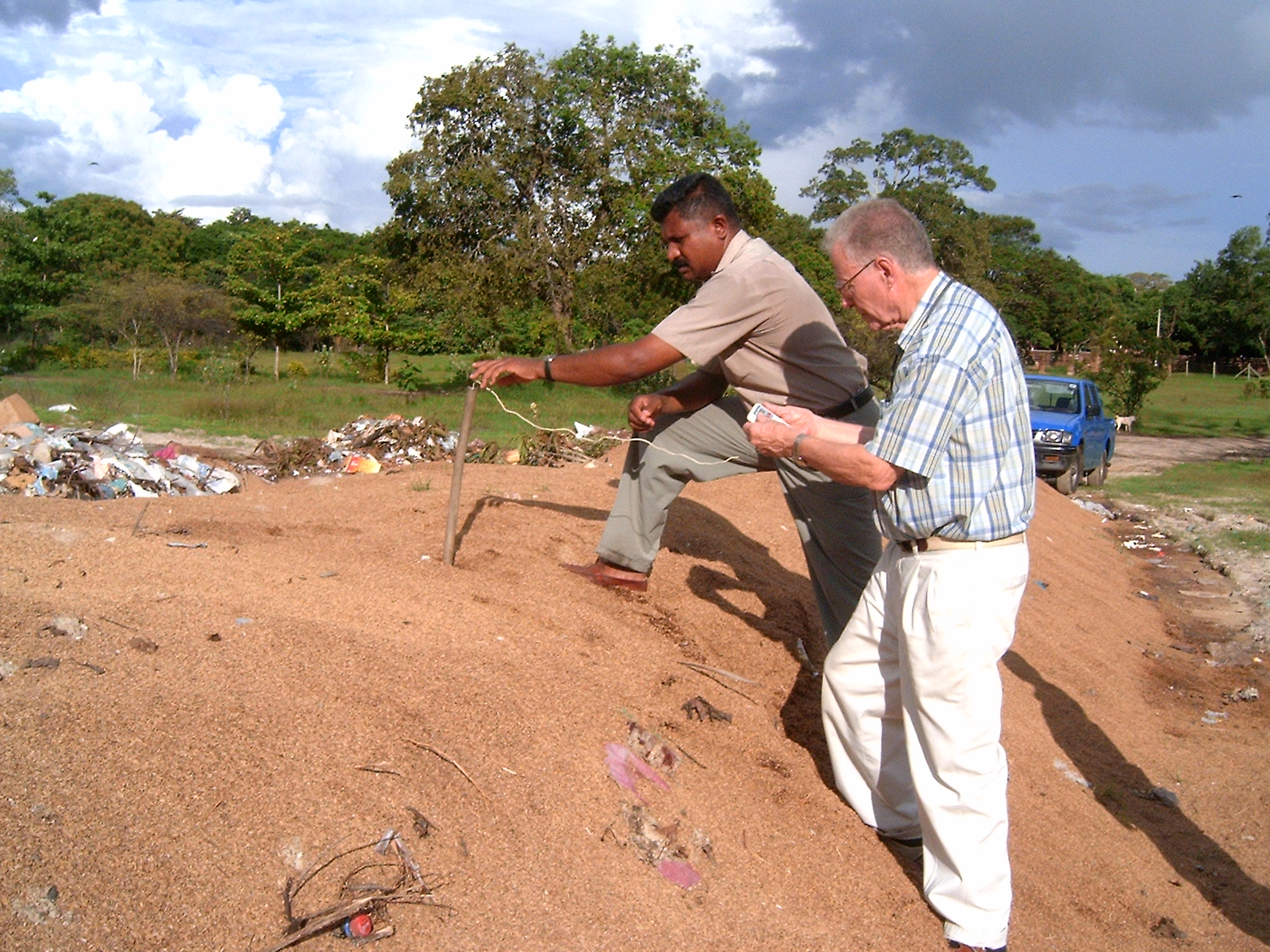
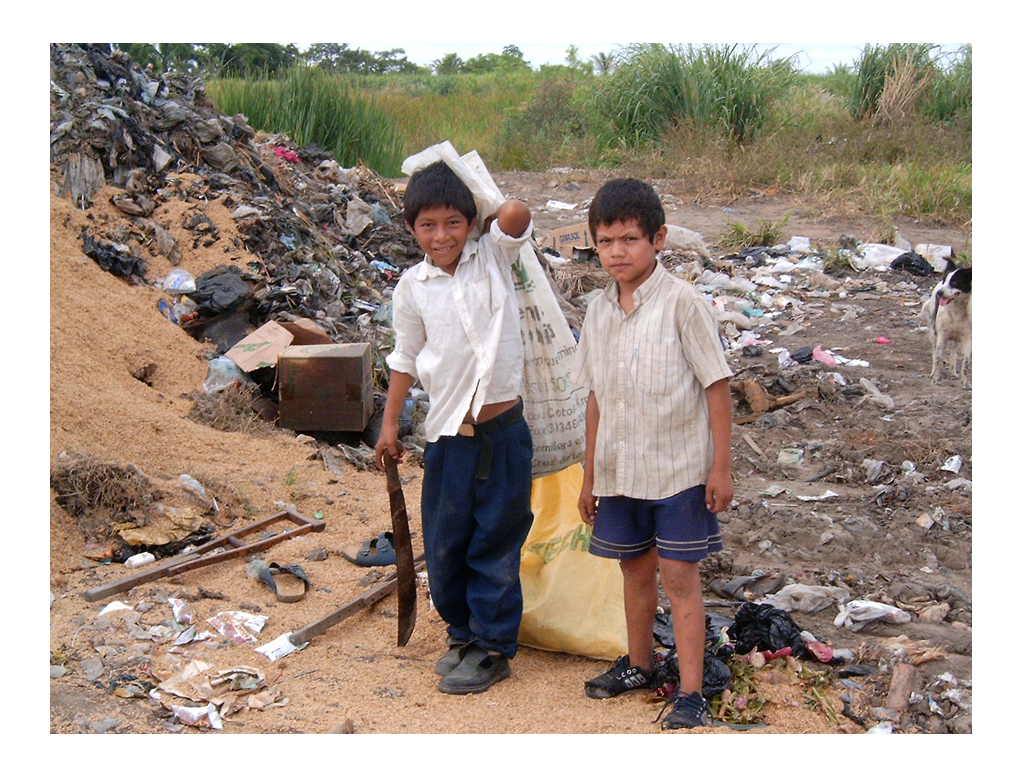
Very shortly, conditions around the dump vastly improved – putrid odours disappeared and the temperatures of approximately 50 degrees Celsius in the windrow piles meant that not only did the number of houseflies, pests and rodents decrease, but pathogenic bacteria died off as well. Within a period of about seven months, the piles were reduced to a mixture of inorganic solids and mature compost.
As a result, locals, who once scavenged the unsafe and unhealthy piles of waste for a living, could more easily sift through the transformed dump for materials like metals, plastics, cloth and glass that they could sell. The matured compost was later tested and could be safely used for growing vegetables and flowers, which not only supported the local site restoration process, but also supported their food production.
A natural problem-solver, Goodings would go on to adapt his method based on the local conditions in other parts of the world.
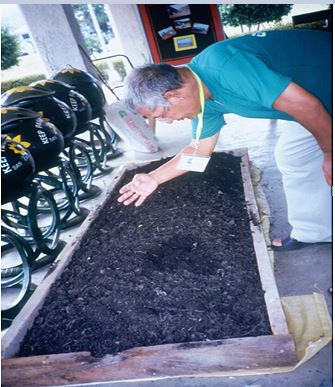
“While the Philippines clearly faces different economic challenges than Canada, some of the lessons learned in my projects may even be applicable here, especially in remote communities that are far from recycling plants,” explains Goodings. “Different situations require different solutions. If, for example, nitrogen values in solid waste are found to be too low or if items such as carbon-rich newspaper and cardboard exist in large proportions, nitrogen rich chicken and other fowl droppings could be added to raise the nitrogen content by applying them in a slurry mix. Liquified urea or nitrogen-rich commercially produced fertilizers would accomplish the same objective.”
Because of the success of his first assignment, CESO would send Goodings to Bolivia, Honduras and Sri Lanka, where he would use similar techniques to transform many more dumps in small towns and villages. Most importantly, Goodings would pass on his knowledge and expertise while on assignment, so that local waste managers in each country were well-equipped to maintain and adapt the composting operations to meet future waste management needs.
________________________
I would like to acknowledge the unstinting support of my wife June and of our five children, whose collective patience has allowed me to be a volunteer for many a cause. The most profound thing I learned in my CESO work was that the essential starting point is to learn about the community, then – and only then – to suggest a way to solve their problem, often by using their most abundant resource…lots of willing hands. Volunteering in far-away communities provides one with great rewards: new friends, a renewed personal sense of purpose and a chance to do engineering at the grass roots level. Here is a challenge for you all to consider: experienced professional engineers have the skills to become volunteer advisors – my advice is to never assume that your engineering skills cannot help you to help others …just give it a try…you may surprise yourself.

